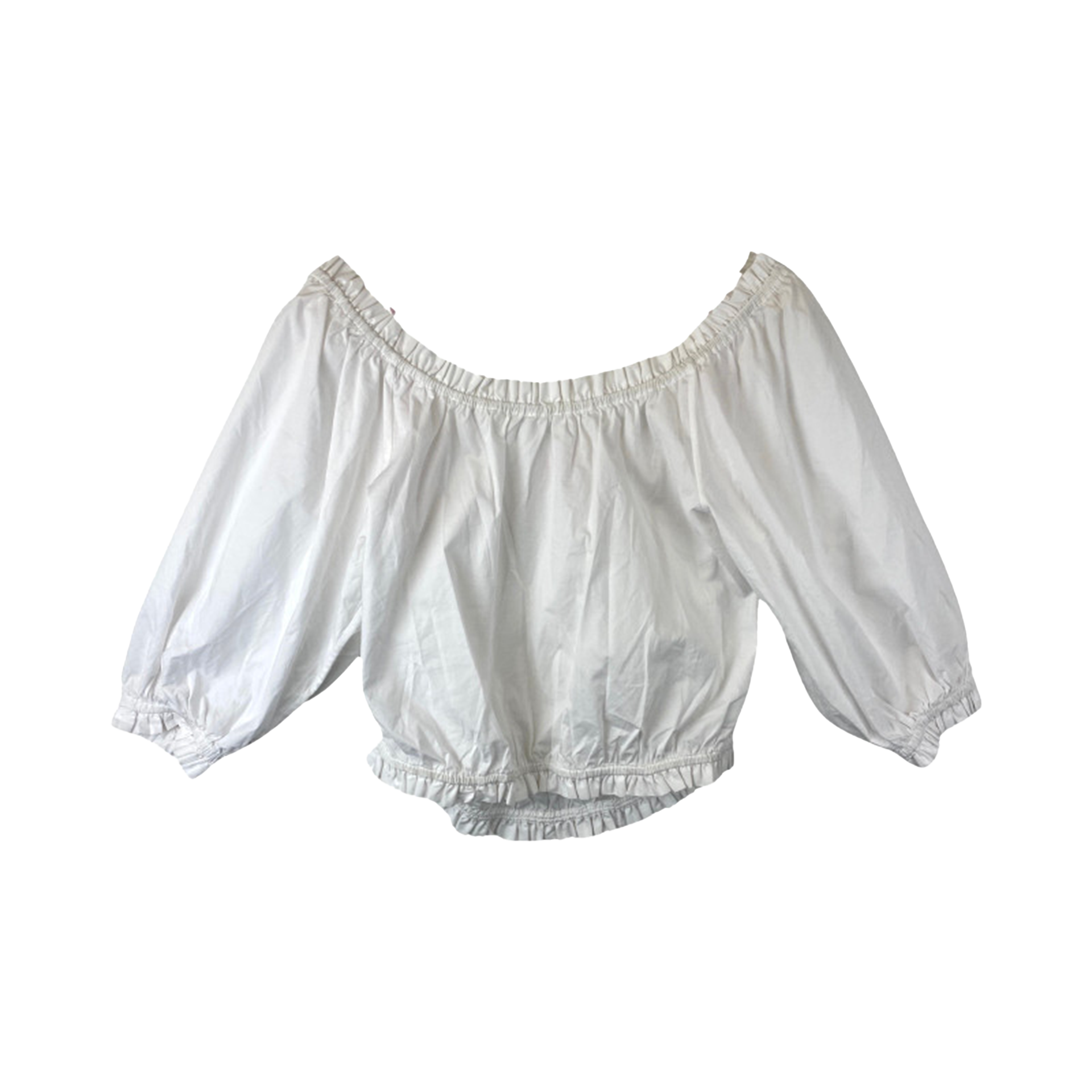Temps are rising, bodies are about to be sweaty and sticky after long days in the sun. Here’s a handy little guide on how to pick summer (and eco)-friendly fabrics. When searching for secondhand summer pieces IRL, check the tags at the neck or inside seam for the fabric information. When shopping online, click through the full product description to get all the deets on which materials were used.

Cotton
The original baddie, cotton is unparalleled when it comes to comfort and breathability. This natural fiber does NOT leave microplastics, unlike polyester and other synthetics. It can be costly to produce, causing it to slowly disappear from most retail racks, especially fast fashion. Generally, only premium and high-end brands feature 100% cotton (or organic cotton) clothing. When shopping secondhand, however, it’s easy to find summery cotton pieces from a wide range of brands—but more affordable, of course.

Linen
Originating in 18th-century Europe, linen is a natural fiber derived from the flax plant, often loosely woven, allowing air to flow through and help keep the wearer cool. It’s very durable and sturdy, however not quite as soft or stretchy as cotton. It also is prone to wrinkling easily, so summery linen looks might need a quick steam before being ready to wear. When shopping secondhand, there is usually an abundance of linen dresses, tops, shorts, and pants from the 80’s to the present day.

Silk
Oooo, she fancy. Silk immediately evokes a sense of luxury, but its soft, lightweight, and flowy properties make it an essential summer pick. Silk is another natural fabric, avoiding the worries of microplastics and skin-irritating synthetics. Silk production today can be costly, but it was actually used more frequently in decades past. When shopping secondhand, it’s common to find 100% silk pieces from the 70’s, 80’s, and 90’s for incredibly affordable prices.

Chambray & Seersucker
These are two classic iterations of cotton, adding texture and color while retaining the breathability and air flow needed in summer wear. Chambray has a slightly denim-y look, but is softer and lighter, and most frequently used in button ups, skirts, dresses, shorts and more. Seersucker is puckered and striped, often light blue and white, and is popular in preppy formal wear such as suit jackets and tailored dresses.
It’s getting hot in here, so take off… all those synthetics. You can find these breezy fabrics at affordable prices all over our eShop. We hope this helps you shop smarter when thrifting for your warm-weather wardrobe!




